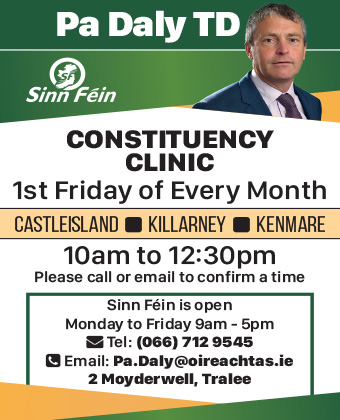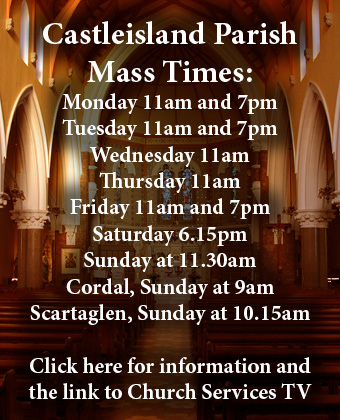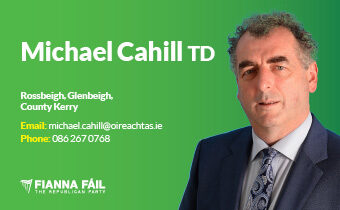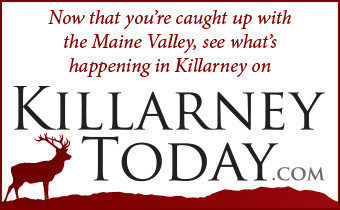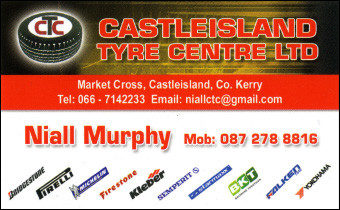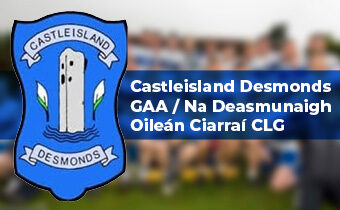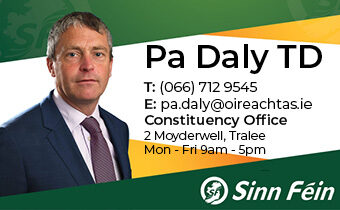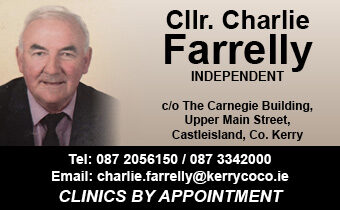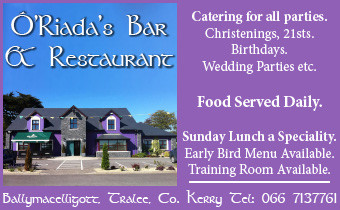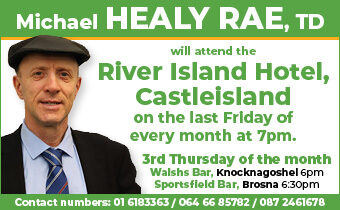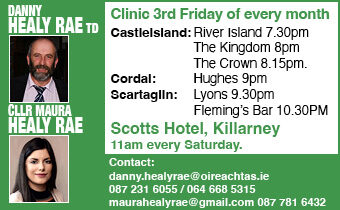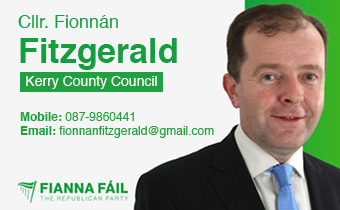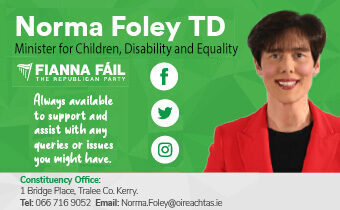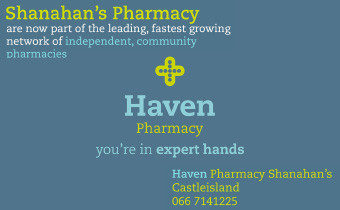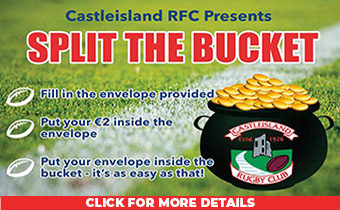
An incredibly detailed account of life in and around Castleisland going back to famine times and beyond has been taken into professional care and is in the process of being digitised.
A launch will be held at the River Island Hotel on Saturday night, October 25th at 9pm at which Jimmy Deenihan, TD, Minister of State at the Departments of the Taoiseach and Foreign Affairs and Trade with special responsibility for the Diaspora, will officiate.
While in the department of Arts, Heritage and the Gaeltacht, Minister Deenihan took a decisive and immediate interest in the collection and offered whatever support he could give to the digitisation process.
He went further and arranged a grant to cover the early stages of the discovery work.
This process will, of course, make the invaluable collection available to students of local history as well as to a worldwide audience.
Those who knew the late Michael O’Donohoe, NT were well aware of his abiding interest in local history. They knew of his weekly bus-catching trips to and from the Kerry County Library and of his lengthy transcription sessions in a haze of cigarette smoke inside the street-side window of Skevenas Bar.
They know now that it went well beyond mere interest and that it could be labelled as obsessive.
The late Michael O’Donohoe passed away in June 2008 and he left an historical legacy that many towns could only wish for. Not only that but his immaculate attention to detail and precision of the finished papers will make this a collection that will indeed prove invaluable to anyone delving into the affairs of the locality or simply tracing a family history.

About 15 years ago I was summoned, via a wall-mounted phone, to his corner in Skevena’s. “Have you a space in The Kerryman for this,” he asked as he handed me a document. I told him I could run it over a couple of weeks as my deadline was rapidly approaching that morning and space was tight.
We amended our publishing dates and agreed that we’d hold it all until the following week. He then asked me if I’d go to the library for a book to verify some details of the piece we were to publish – and he told me exactly where to find it.
I arrived at the library and Lucy, being new to the area at the time, was talking to an American couple who were tracing their roots. She asked if I, as a local could help them, my help was of limited benefit but I knew my trump card was in his usual corner in Skevenas and I sent them off down town with directions.
I had a few other errands to run before I returned with the book for ‘The Master’ – as he was known locally.
As I approached my destination I met the American couple again and I asked the man if he found his relatives.
“Man he is awesome. I got a handful of papers here to copy and he’s gone way back to my great-grandfather’s time and it was in Creamery Lane they lived. He did it all in five minutes – how did he do that? the gobsmacked tourist asked as he threw his head back and looked at the sky.
Meticulous noting and footnotes and signposts are all hallmarks of The Master’s work.
You will see all this for yourselves very soon as the collection unfolds and gives up it secrets – secrets which were all meant to be seen anyway. But in his own coded way he needed speedy access to those secrets – as illustrated by the way he was able to oblige that American couple in double quick time.
The River Island Hotel launch will raise awareness of the depth and richness of the collection and the urgent need to have it safeguarded and made available through modern communication channels.
The launch will also appeal to the public to donate to the ongoing work involved in the process and a Facebook page will be opened to let people see and follow the progress of the undertaking.
A small committee of: Johnnie Roche, Tomo Burke, Colm Kirwan and myself have been blessed and lucky with the people we met so far. Huge thanks must go initially to Michael O’Donohoe’s sister Breda Brooks here in Castleisland for handing over the collection. To librarian, Eamonn Browne now based in Killarney Library and to Janet Murphy who undertook many hours and days of work in putting the collection in order and making a catalogue of it all.
In the department of Arts, Heritage and the Gaeltacht offices in Killarney we had a very constructive meeting with officials: Colm Lundberg and Sharon Breen and they couldn’t have been more helpful.
It’s as if The Master is there at every hand’s turn and pushing doors and opening up paths for us as we all go about providing his work with the audience it truly deserves. And do you know what ? I wouldn’t put it past him.
Dr. Paul Dillon who, among other phases of his life, was a tutor in the History Department at UCD, saw a part of the collection while it lodged in the Kerry County Library in Tralee. His comments on it sum up the importance of the entire body of work to the Castleisland area and neighbouring districts.
The following is a selection of Dr. Dillon’s remarks on what he saw:
“This is a very valuable local history collection which clearly took Mr O’Donohoe many years to compile. It consists of both original documents (and copies of such documents) and his own extensive notes on a wide variety of local topics. The collection’s strengths lie in Mr O’Donohoe’s systematic approach to researching and collecting material on many subjects, and the careful organisation of this material.”
“Mr O’Donohoe went to considerable effort to secure original and rare documents relating to the district. These include roll-books of local schools, unpublished memoirs of considerable historical interest, and a great deal of printed material including many booklets issued by local societies and sports clubs. There is a full collection of copies of historical maps of the town. Mr O’Donohoe compiled files of material, organised thematically in folders on: all the local schools; sports and sports clubs in Castleisland and the surrounding villages; music and musicians; churches and clergy – detailed notes, documents and publications relating to all the local churches (Catholic and C of I), with full lists of all clergy through the centuries; material on the commercial life of Castleisland – the history of individual businesses, shops, hotels etc. There are many photocopies of original documents which may themselves be difficult to locate, if indeed they survive.”
“The collection would undoubtedly be a valuable resource to anyone researching the district’s history, from professional historians to local school students. Also, as it contains a great deal of detail on individuals and local families it would be of use to genealogists, and to anyone researching their family history – whether local people or visiting descendents of emigrants from the area. The material on the local musical tradition, the GAA and other sports, church history, and land agitation are of national as well as local interest.”
“Castleisland is fortunate in having such a full historical archive – gathered in one place and well-organised – and it would be a shame if it was not made available to the public as soon as possible. As the material is already so well organised, in clearly marked folders, with various sections arranged thematically, alphabetically and chronologically, it would not require a great deal of reorganisation.”
– John Reidy – The Maine Valley Post.



